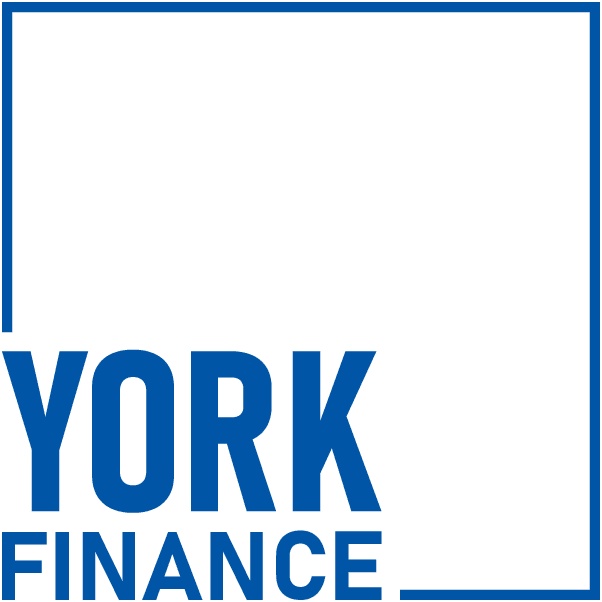What is Development Finance?
Property Development Finance (also known as “construction finance” or “development finance”) is a form of funding that assists with building multiple residential, or commercial properties. This form of funding is available through Australia’s banks, non-banks and private lenders.
What is Gross Realised Value (GRV)?
GRV (Gross Realised Value) is the ‘on completion’ value of a property development project. This is a common term used by many banks, and development finance providers and is used to determine how much borrowing they can extend. Most will fund against GRV, excluding GST.
What is Total Development Costs (TDC)?
TDC (Total Development Costs) is the complete sum of all the costs to purchase your development site, obtain the DA, construct (including contingency), marketing, sales as well as interest and holding costs. The TDC represents all the costs involved with completing a project.
Why You Use a Bank for Development Finance
In most cases Property Development loan is needed if you want to build a block of units or townhouses. In the past, the only way of getting these funded would be going to see your local bank.
So you would need to go see ANZ, NAB, CBA, Westpac, St George, Adelaide Bank, Suncorp or any of the smaller banks and ask them for funding.
The banks would tell you how many pre-sales were required, the maximum TDC (total development costs) and GRV (gross realised value) and you’d be away.
In more recent times, the banks pre-sale hurdles have increased higher and higher.
For example, a major bank may want to see 50% of debt cover in pre-sales, but will only extend to 70% TDC. In other words, a developer needs to show $4m in pre-sales to cover the $8m in debt the bank was giving them.
Achieving this level of pre-sales in a slow property market can be very challenging for a developer.
Why You use a Non-Bank
Non-Bank lenders have grown into the property development finance space over the past few years, as the major banks have become more conservative in their approach.
So you can go and see La Trobe Financial or Trilogy Funds, they may say you can start the development with no pre-sales (or a much lower hurdle) and you could be ready to begin.
These lenders usually have a pool of money from individual investors, self-managed retirees or large investment companies.
The other advantage of using a non-bank lender is that they will extend a higher TDC, in some cases up to 85%.
This means you will need much less equity when compared to a bank.
But are there any other ways of getting started with less equity, or deposit?
Why You use a Private Lender
Private Lenders offer the most flexibility around both pre-sales and increased leverage.
This includes Mezzanine Funds, or what is sometimes referred to as Stretch Senior Debt.
There are private lenders who will lend up to 90% of TDC – they still want to see some money in there…
Private Lenders usually fund the loan themselves, so there is the most flexible around valuations, quantity surveyor reports and even sometimes with Directors Guarantees.
…but this flexibility often comes at a higher cost
Using a Private Lender for a construction loan is the most costly of the finance options.
Bank Finance (Senior Lenders)
For the banks, your past development experience can make a big difference.
If this is your first development the banks are going to want a lot more information than if it’s your 20th. However, experience is just one of the factors on how banks assess your request for finance.
How much can I Borrow?
- Multi-residential development: Borrow up to 75% of the total development costs (TDC), or up to 65% of the on completion, or gross realised value (GRV) excluding GST.
- Commercial Property development: Borrow up to 60% of the total development costs (TDC), or up to 55% of the gross realised value (GRV) excluding GST.
- Max Facility Limit: Up to $100 million.
- Max term: Up to 36 months
- Repayment Source: Interest can be capitalised
- Interest/Fees: Case by case, broadly 0.30-0.50% Establishment Fee and All In rate 5.50%-7.50% pa.
- Pre-Sales: Under $2M lending, case by case. Over $2M, 50-120% of debt cover.
- Residual Stock Lending: Case by case, depends on location and sponsor.
Different banks have different interest rate structures. Some will charge a Line Fee, others charge an All In rate.
What will be used as security?
- First mortgage over the real estate being constructed
- A General Security Agreement (GSA) over all your rights in relation to the security property, and all related pre-sale deposits held (this means the lenders see your pre-sales as their security)
- Full recourse director and shareholders guarantees
- A tripartite agreement between the developer, the bank and the builder.
What is their lending criteria?
As mentioned above, your past experience as a developer is key when working with bank finance.
The bank will want to review your project history, your assets and liabilities, understand your experience marketing projects, who you are working with, the suburb you are looking at building in and most importantly which builder you will be using to build the development. Know More>>
Our Contact:
Request Call: 1300 931 892
Location: Suite 7, 43-45 Burns Bay Road, Lane Cove, NSW 2066, Australia


No comments yet